Track and field: Empty seats in Olympic Stadium and my hometown make me wonder about its popularity
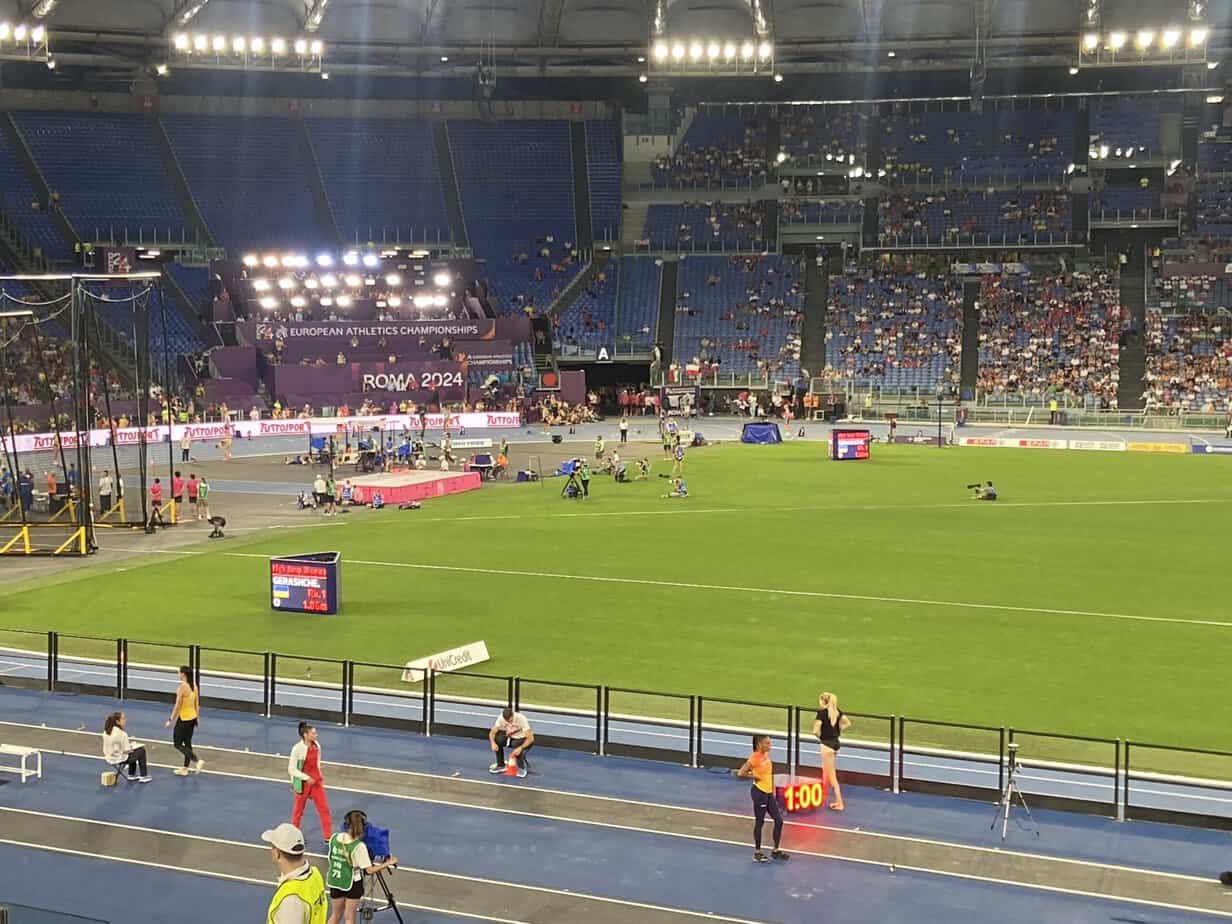
I sat in Rome’s Olympic Stadium Sunday night watching an Italian hero cross the finish line first again. Filippo Tortu, whose remarkable anchor leg in Tokyo three years ago led Italy to a surprising Olympic gold medal in the 4 x 100 relay, won his 200 at the European Championships in a breeze. I noticed his smooth stride, his powerful acceleration on the curve, his calm demeanor after the victory. But I also noticed something else.
Empty seats.
The seats above the Olympic Stadium finish line, the prime seats at any track meet, were largely empty. It was only a semifinal but these are the European Athletics Championships. The Paris Olympics are next month. People should be salivating for top-level international competition, especially with Italy creeping up the ladder among world track powers.
Track and field in Eugene
I’m a closet track nut. I grew up in Eugene, Oregon, the self-proclaimed “Track Capital of the World,” a well-earned moniker. Our ancient, iconic Hayward Field was sold out for every Olympic Trials. The NCAA scheduled 15 of its national college meets in Eugene, knowing they’ll make money. For 40 years the Prefontaine Classic has been one of the biggest international track meets on the calendar.
But attendance at Eugene meets has fallen like a shot put. My hometown is getting raked online. The Italian papers ravaged it two summers ago when Eugene sold out only six of 17 sessions of the World Championships, the first ever on American soil. It has made me ask:
How popular is track and field in the world today?
With Italy and the rest of Europe leaning farther right after this weekend’s elections, it’s not the question most Italians are asking themselves right now. By this track meet’s attendance, I already know the answer in Italy.
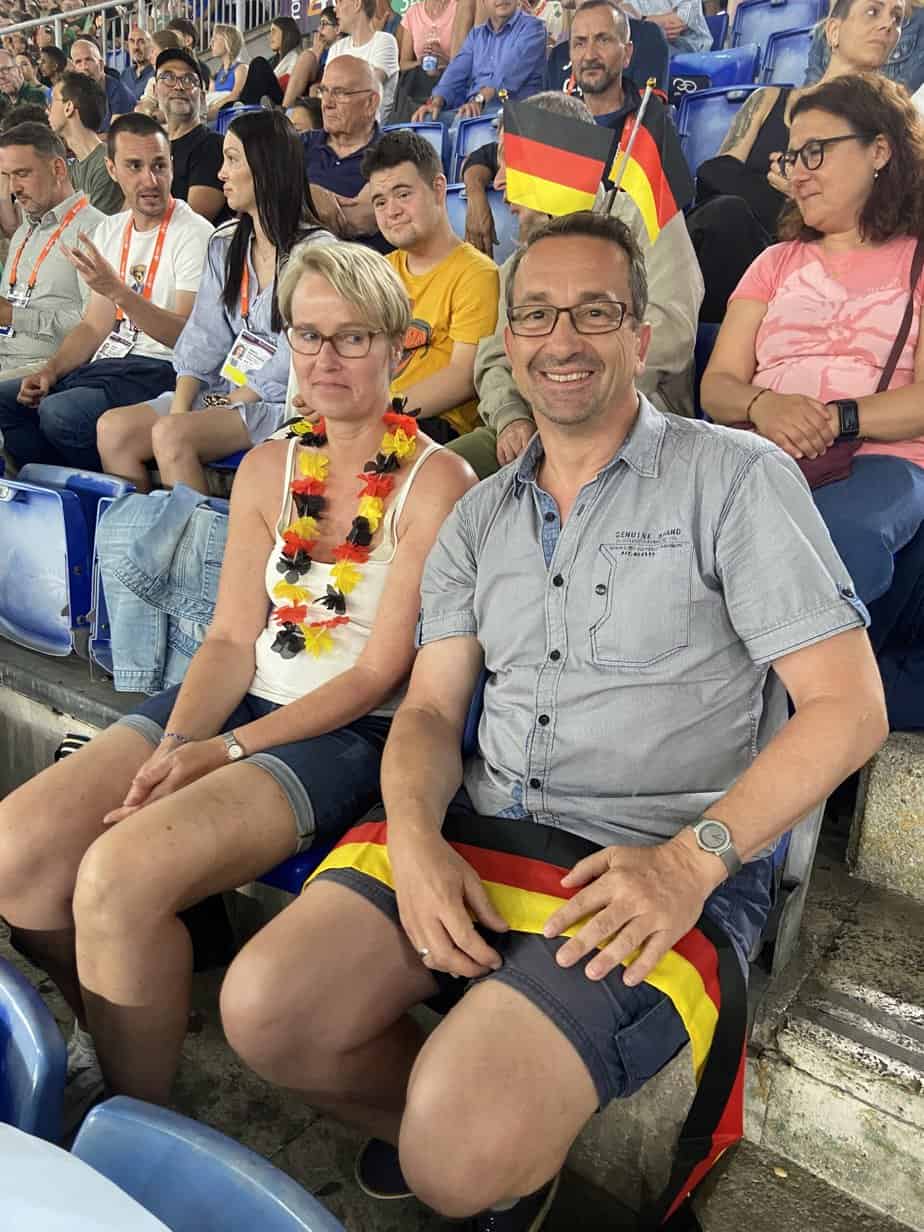
Too bad. Track is a quintessential Olympic sport, dating back to Ancient Greece and continuing to produce heroes that transcend borders every four years. It’s difficult to see a sport that is still producing world records wither on the public radar, especially since track put my Eugene on the international map.
Still popular elsewhere in Europe
I wanted to see for myself. In truth, Rome may be an anomaly. Track and field is still big in Europe. Last year’s World Championships in Budapest sold 404,088 of a possible 420,000 tickets. It drew 2.9 million TV viewers and a Nielsen Survey revealed 98 percent of the viewers said they were happy with the meet.
Europe hosts 10 of 14 spots on the Diamond League tour and last year they drew 50,000 to London, 25,000 to Zurich and a sold out 15,400 to Oslo. People still attend track meets in Europe. The stop at the Prefontaine Classic drew only 9,000.
But in Rome, if it’s not soccer, it’s not happening. The Europeans meet opened Friday night and huge swaths of stadium sections lay empty. Italy went one-two in the women’s 20 kilometer walk, won the women’s 5,000 and took a surprising second in the mixed 4 x 400 relay.
The next morning, I bought a La Gazzetta dello Sport, Italy’s biggest national sports daily, and it devoted exactly two pages out of 44 to the meet. The first 33 were soccer.
ANSA, Italy’s wire service, is covering the meet with a part-timer, something akin to my old hometown Eugene Register-Guard, which devoted entire sections every day to the Olympic Trials, sending me out alone to cover it as a long-haired college kid.
Track history in Rome
Saturday night brought about 30,000 (eye witnesses dispute the organizing committee’s announcement of 40,000) who rattled around the 72,000-seat Olympic Stadium, an old, gray lady but such an iconic venue. It was here in 1960 where the United States’ Wilma Rudolph became one of the first role models for black and female athletes by sweeping the 100 and 200. It was here where Ethiopia’s Abebe Bikila ran across Rome’s cobblestones to win the marathon – barefoot.
Olympic Stadium looks different now. A roof was added for the 1990 World Cup soccer tournament. But sitting in Rome’s leafy north end with the forest covered Monte Mario hovering overhead, it remains a beautiful place to attend an event.
I watched the 20K walk on TV and seeing the athletes furiously walk past a string of marble statues and mosaics of sacred decorative symbols dating back to Ancient Rome outside the grounds, I could still feel the heat of Rome’s Olympic flame.
The next day I saw Italy’s Marcel Jacobs, crowned the World’s Fastest Man, after winning Olympic gold in the 100, finish one-two with countryman Chituru Ali. Jacobs paraded around the track with an Italian flag while wearing a Roman soldier helmet. It was a festive atmosphere and many good tickets were to be had.
I went to the stadium the day before the meet and bought a ticket for €48. I arrived way too early and hung out at my usual haunt, an open-air bar across the street from the stadium where they serve cheap beer and panini.
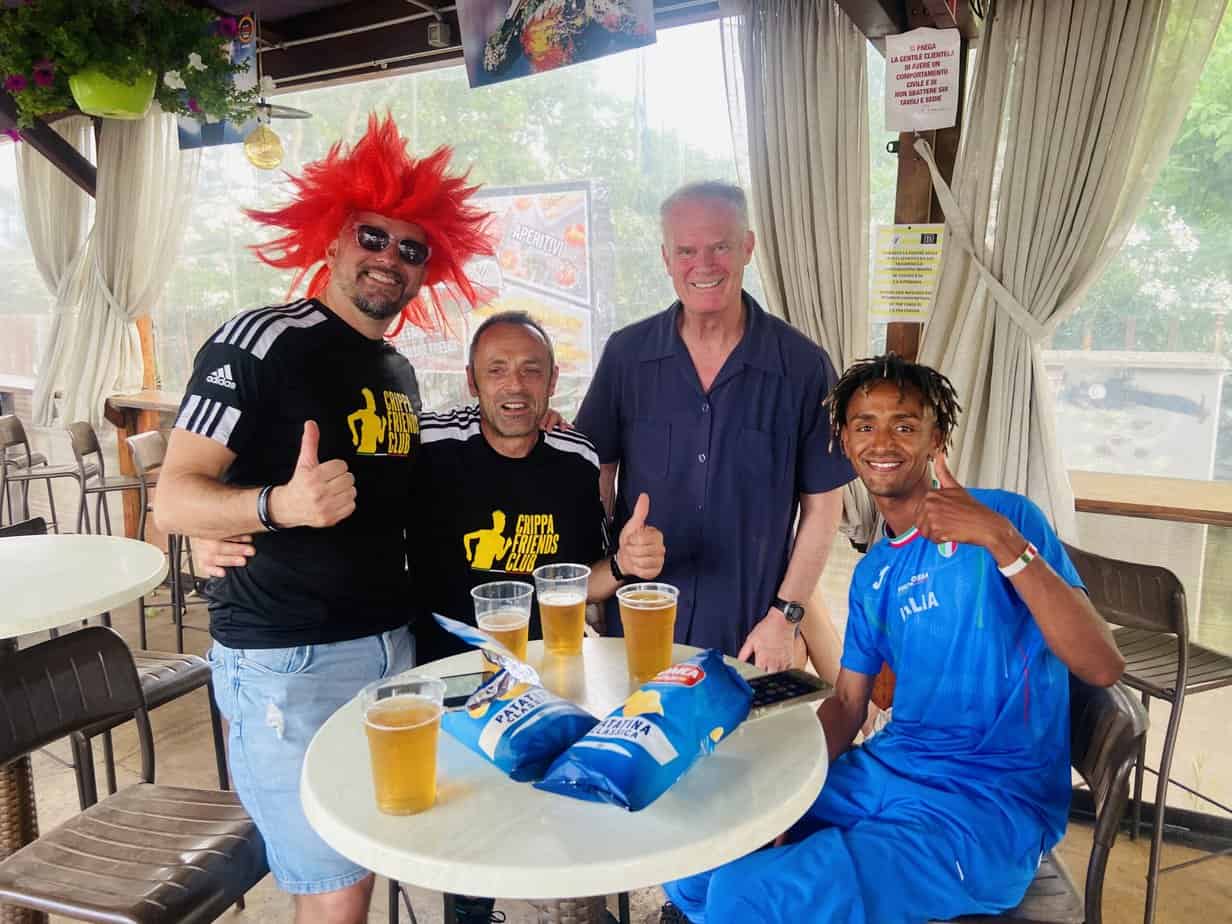
Meeting an Italian star
Then in walked Yemaneberhan Crippa, who had just won the half marathon for Italy that morning. He sat with two members of his fan club and they ordered a tray of beers. He told me his meet is done. He’ll run the marathon in Paris.
Crippa is just one of the many great stories on the Italian team, one of the thousands of great stories in this sport that is rarely boring, even if some American critics say, “The only thing more boring than track is field.”
He was born in Ethiopia and his parents were killed in the war with Eritrea. An Italian couple adopted him in 2001 and raised him in Trento in the Italian Alps. Now 27, he not only won the half marathon, but he led Italy to the team half marathon gold as well.
I was a sportswriter for 40 years. I would no more ask an athlete for an autograph or a selfie than I would cover an event naked. But on Sunday, June 9, 2024, at 68 years of age, I asked my first celebrity for a photo.
Crippa’s a cool dude. Look for his cornrows in Paris.
My visit
I took my seat on about the soccer field’s center line 23 rows up, directly over the women’s triple jump. Funny, on a 86-degree night, I saw more Swiss and German shirts than I saw Italian. Italy’s massive success at the start of this meet had not lured more fans. Through Monday, it had 17 total medals, nearly double Great Britain and France’s nine. Italy had eight gold. Only France had as many as four.
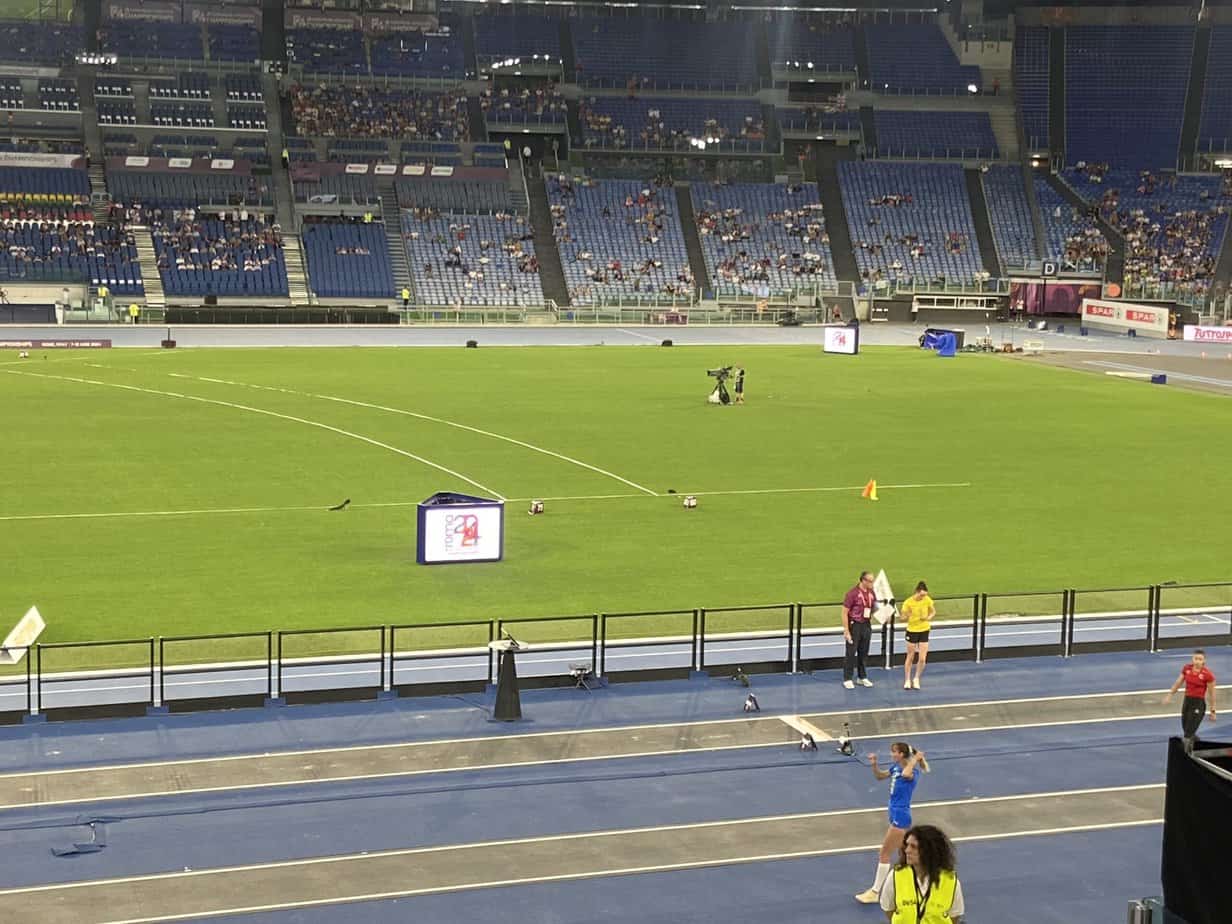
My side of the stadium was filled to the last row, but the stadium’s corners were nearly empty. The ends where the city’s soccer ultras packed in like rabid rats were not half filled. Too bad. The drama was excellent:
- Poland’s world leader Wojciech Nowicki won the hammer throw, featuring three of the world’s top five, on his final throw.
- Ireland’s Ciara Mageean, No. 5 in the world, won the 1,500 and threw herself in a delirious orange sea of Irish fans.
- Ukraine’s Yaroslava Mahuchikh, the Olympic bronze medalist, showed why she’s the favorite in Paris by majestically soaring over every height.
Monday I checked the TV ratings. About 2.2 million tuned in Saturday, a pretty good number. But what about the empty seats? I called Franco Fava, a 1972 and ‘76 Olympic distance runner for Italy and now a track writer for Rome-base Corriere dello Sport.
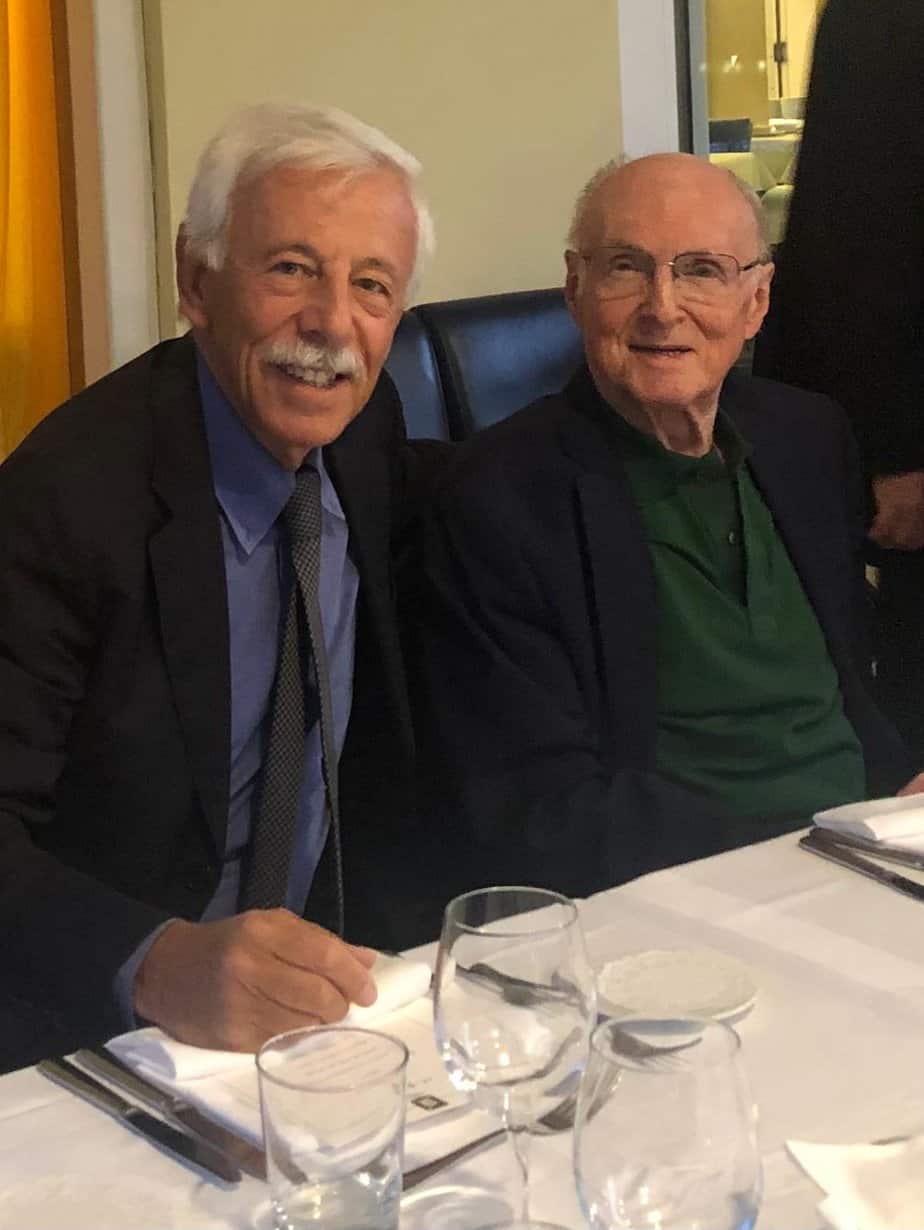
Italian Olympian’s view
“The stadium is huge so it’s not easy to fill up,” said Franco, who took eighth in the 1976 Olympic marathon. “The ticket price was a little too high. The first day was very, very poor attendance. (Sunday) and the day before were much better.”
Franco competed in the last European Championships in Rome 50 years ago when the attendance was higher. I asked him about the sport’s popularity around the rest of Europe.
“I was in Budapest. They did a good job,” he said. “The stadium was packed almost every day, even in the morning. I know for sure European television was very happy after Eugene.”

If you take the American track and field pulse by attendance in Eugene, which holds most major American meets, then track is falling off the American sports radar.
That’s shocking as the U.S. still dominates the sport. If the Olympics were held today and all athletes finished based on the last world rankings released last Tuesday, the U.S. would win 24 medals. The next most would be Kenya with 13. The U.S. men and women would have nine gold; Ethiopia would have five.
Eugene problems
Yet at the 2022 World Championships, after a 2020 renovation transformed Hayward Field into the most beautiful track-only facility in the world with 12,650 seats, the meet had only six sellouts of 17 sessions.
Said Raven Summers, who won the Olympic silver medal in the shot put for the U.S. in Tokyo in Covid-plagued 2001: “I seriously thought we had more fans in Tokyo and we weren’t even allowed to have fans.”
The Worlds’ TV ratings were good. It attracted 18.7 million viewers, the highest for a World Championships since 1988, but so many fewer watched in person. Friends and colleagues back home floated some theories: Worlds came on the heels of the pandemic and flying all the way to Eugene, Oregon, may not be economically feasible, especially for people still a little leery about traveling.
Also, my fellow Eugeneans apparently won a gold medal for price gouging. Tickets weren’t cheap, either.
“I’ve been to Eugene many times,” Fava said. “Eugene has a poor capacity to handle people. I heard stories of people staying in Portland (120 miles to the north) and going up and down every day.”

Comically worse was last year’s USATF National Championships where Eugene attracted on consecutive days 2,715, 3,314, 3,664 and 3,577. Last week’s NCAA Championships, the 10th of the last 12 in Eugene, averaged 9,500 fans a day but from photos and videos it looked like an all-comers meet I used to attend as a kid.
I’ve heard various reasons. Eugene, a college town of 178,000, is oversaturated with meets. Oregon, my alma mater, has also fallen as a college track power since sweeping the men’s and women’s titles in 2015. In the last six years, the men have finished above 25th only twice. The women haven’t finished higher than fourth since its last national title in 2017.
A litmus test will come June 21 when the U.S. Olympic Track and Field Trials begin, the eighth time Eugene has hosted it and the fifth straight.
Has track and field, the most glamorous sport of the summer Olympics, been reduced to a mere curiosity every four years? It’s still big in Europe. But as I picked up Monday’s papers, the lead stories were all about the Italian soccer team.
Soccer’s Euro 2024 begins Friday.


June 11, 2024 @ 12:20 pm
Eugene’s track fans have aged out. They were a unique demographic of locals that retired comfortably on PERS money, who enjoyed and invested their support in University of Oregon athletics. They followed track like the athletes were their own kids. Over the past 30 years, Oregon’s fan base has shifted heavily to Portland. Those fans pony up for the bigger spectacle of college football, but have less emotional investment in the local athletes. They’re less connected. The demise of local newspaper sport’s coverage has further weakened the connection. The niche subscription model coverage of FLO has further suppressed track knowledge by narrow casting to its fans base while legacy media continues to lose eyeballs.
June 11, 2024 @ 9:54 pm
I think your Comment is spot-on Hank. It’s sad, but true.
June 12, 2024 @ 7:22 am
Since I wrote the blog, I heard one learned comment that loyal fans miss old Hayward Field, that the new facility isn’t as intimidating or historic, kind of like going from Mac Court to Matt Court which, I hear, has the atmosphere of an NBA arena in the ’70s.
June 11, 2024 @ 8:05 pm
Hank is right, but there is more to it. When Vin Lananna is a visionary and a promoter. He remade Eugene into TrackTown. When he was pushed out the vision and the promotion went with him. The current UO coaches aren’t interested in hosting home meets, and the TrackTown USA leadership doesn’t beat the drums the way Lananna did.
June 12, 2024 @ 7:23 am
Interesting, Ken. Possible proof: I contacted the Oregon Track Club, which I remember reading was always quoted around big meets. Now all they do is train track officials.
June 15, 2024 @ 11:18 pm
Well said, Ken. I watched the NCAA finals on TV and kept wondering what happened to all the track fans in Eugene. Sad to see it diminished. I was fortunate to cover the 1980 Olympic Trials at Hayward Field. It was memorable. (It also rained a lot).
June 13, 2024 @ 5:13 pm
I think Hank and Ken are both correct. But I would add that we failed to nurture the love of track and field in future generations by reducing (eliminating?) the all-comers meets at Hayward and pricing many kids and families out (which was extremely shortsighted) in an effort to bring in revenue now. Had the same effect as over-fishing that has depleted non-farmed fish for the current and future generations. When I grew up in Eugene we did not have a lot of money, but I could go to most track meets as a kid for about a buck and fell in love with track. We also had Bowerman and Harry Johnson who developed a ton of local athletes that became beloved members of the community.
June 17, 2024 @ 2:25 pm
I haven’t lived in Eugene in 46 years but I remember track being a major front-page sport and it was cool to be on a track team. All Comers Meets were social gatherings as well as breeding grounds for future Axeman and Duck distance runners. So sad.